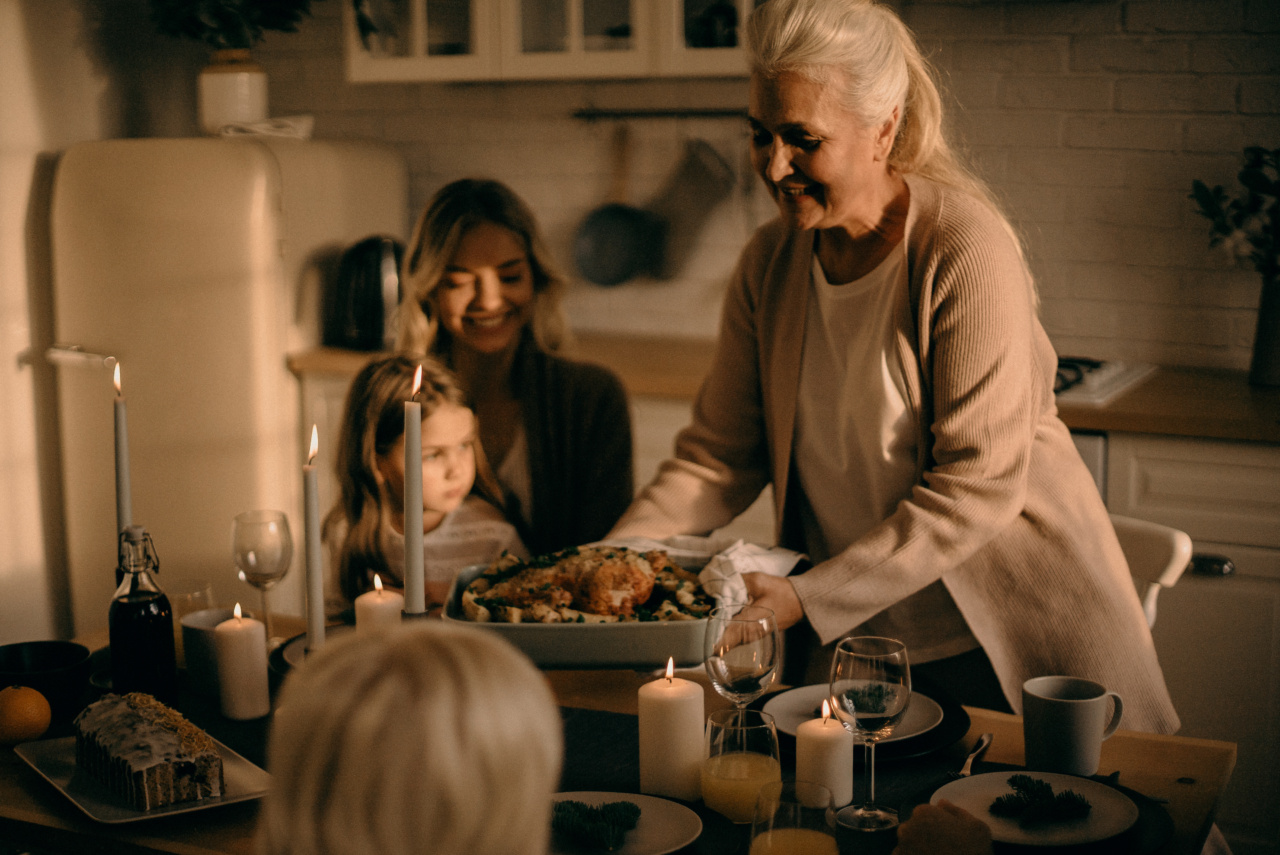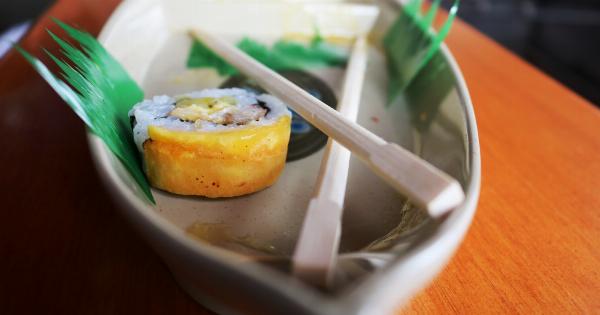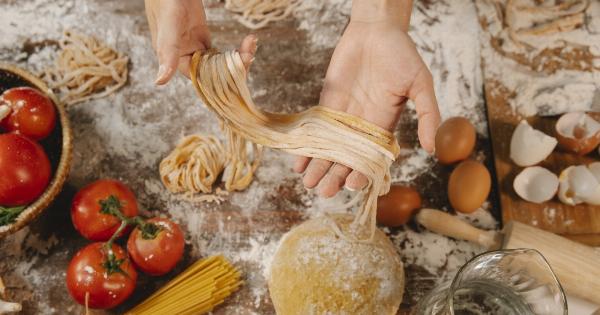When it comes to Christmas dinner, one of the most iconic and anticipated dishes is a deliciously roasted turkey.
However, if not prepared and cooked properly, the turkey can become a potential breeding ground for harmful bacteria, leading to food poisoning and ruining the festive spirit. To ensure everyone’s health and enjoyment, it’s essential to be aware of the critical errors that can make your Christmas turkey poisonous and learn how to avoid them.
This article outlines the four most common mistakes and provides valuable tips on how to prevent them.
1. Improper Thawing
A crucial step in preparing a turkey is ensuring it is thoroughly thawed before cooking. Leaving the turkey to defrost at room temperature or under running water may seem convenient, but it can promote bacterial growth.
When bacteria multiply, toxins can form, causing food poisoning when consumed.
TIP: The safest method to thaw a turkey is in the refrigerator. Allow around 24 hours of thawing time for every 4-5 pounds of turkey. Place the wrapped turkey on a tray to catch any fluids that may drip during the thawing process.
If time is limited, you can use the cold water thawing method. Keep the turkey in a leak-proof plastic bag and submerge it in cold water, changing the water every 30 minutes. Remember to cook the turkey immediately after thawing.
2. Cross-Contamination
Contamination happens when bacteria from one food source spreads to another.
Cross-contamination can occur through direct contact, such as using the same cutting board or knife for raw turkey and other ingredients, or through indirect contact, such as when raw turkey juice drips onto other foods or surfaces.
TIP: To avoid cross-contamination, follow these precautions:.
- Use separate cutting boards and utensils for raw poultry and other foods.
- Wash your hands thoroughly after handling raw turkey and before touching other ingredients or utensils.
- Prevent raw turkey juices from coming into contact with any surfaces by properly cleaning and sanitizing them.
- Store raw turkey on the bottom shelf of the refrigerator to prevent its juices from dripping onto other foods.
3. Inadequate Cooking Temperature
The most critical aspect of cooking a turkey is reaching the appropriate internal temperature to kill any harmful bacteria present.
Insufficient cooking can lead to the survival of bacteria, especially in the innermost parts of the turkey, which can result in foodborne illnesses.
TIP: To ensure your turkey is safely cooked, follow these guidelines:.
- Use a food thermometer to check the internal temperature of the turkey. The thickest part of the thigh should reach a minimum temperature of 165°F (74°C), while the stuffing should also reach this temperature when cooked inside the bird.
- Invest in a meat thermometer with a remote probe, allowing you to monitor the temperature without opening the oven door frequently.
- Let the turkey stand for at least 20 minutes after removing it from the oven. This helps the temperature to even out and allows the juices to redistribute, resulting in a more flavorful and moist turkey.
4. Improper Storage of Leftovers
After a delightful Christmas feast, it’s common to have leftovers. However, storing them incorrectly can increase the risk of food poisoning.
Bacteria can multiply rapidly at room temperature, making it crucial to handle and store the leftover turkey properly.
TIP: Follow these guidelines to store leftovers safely:.


























